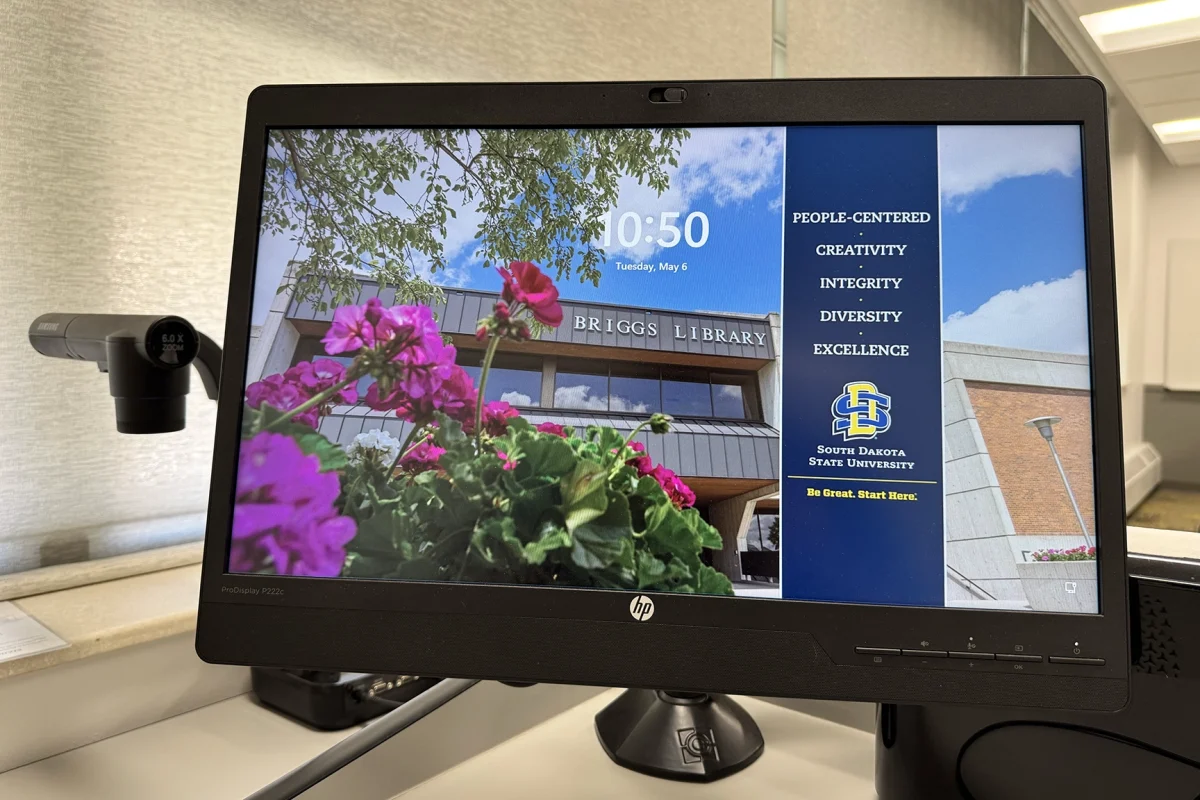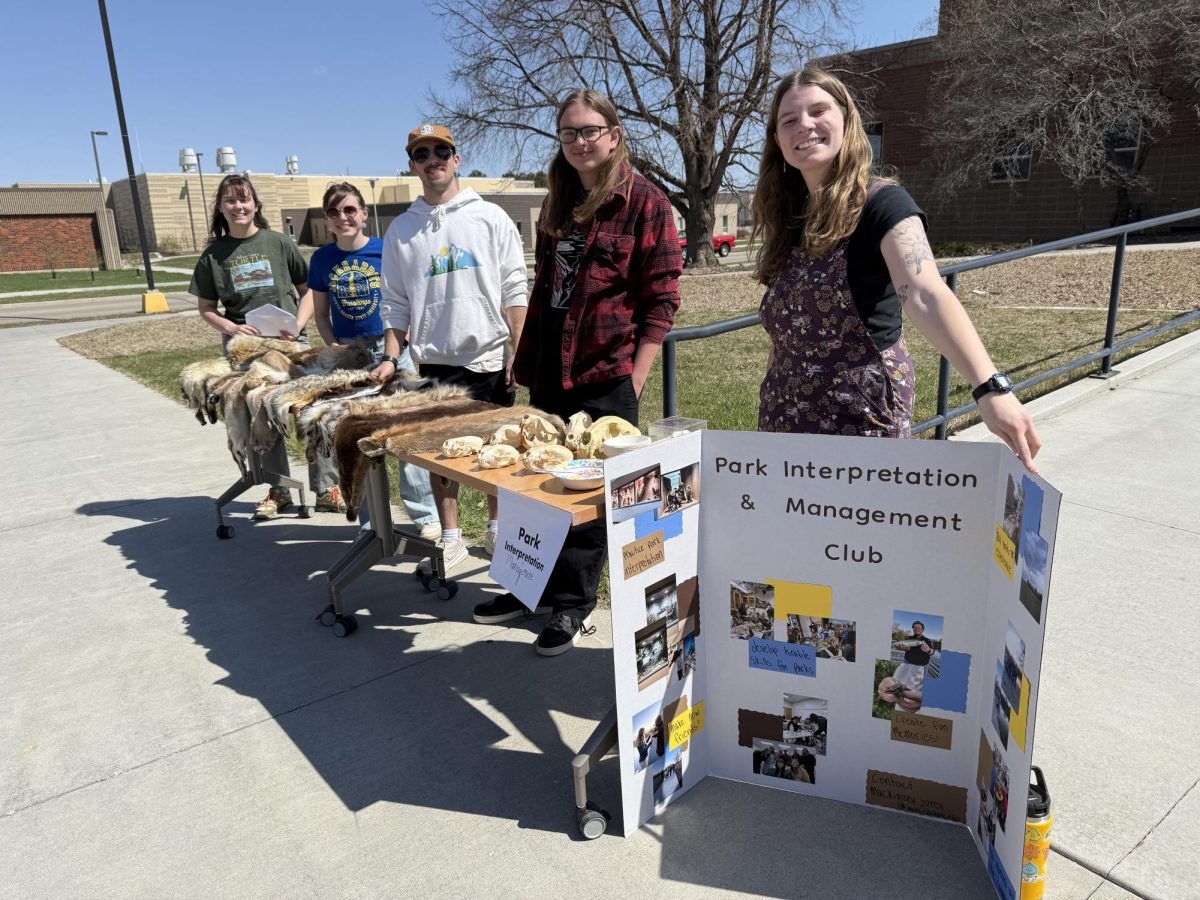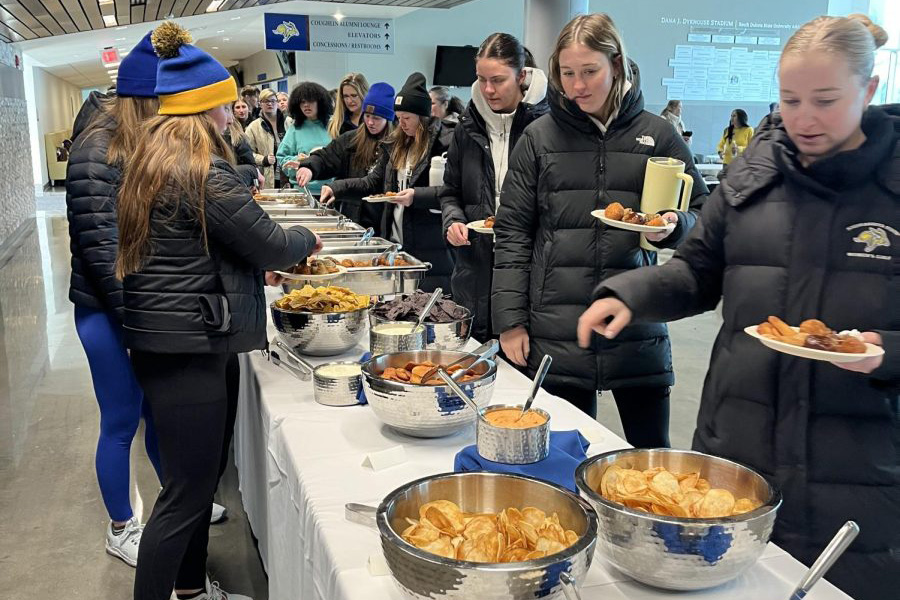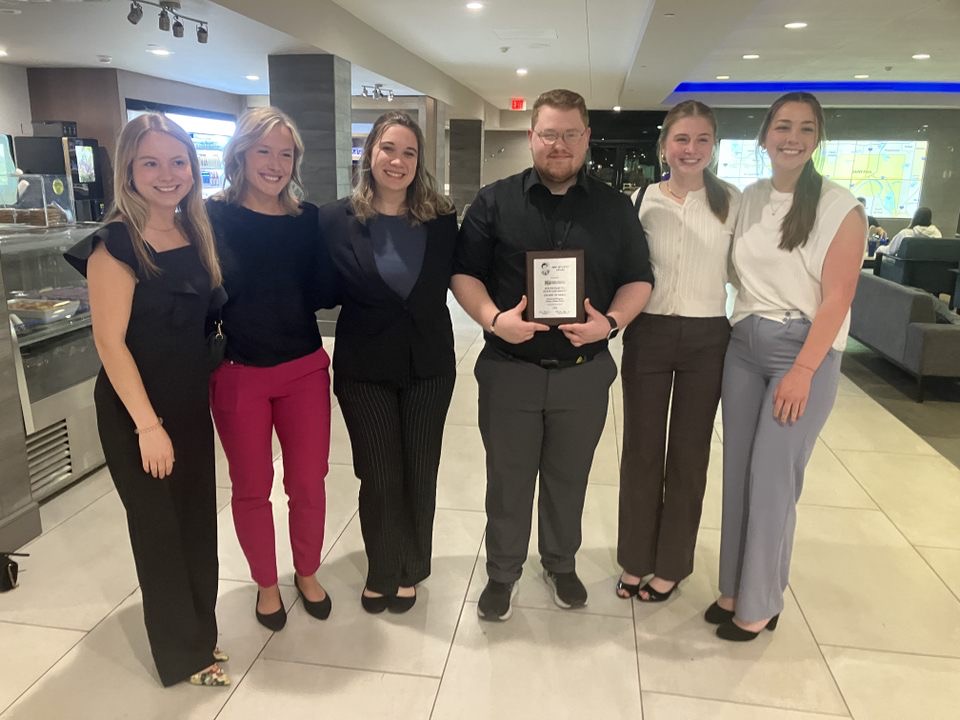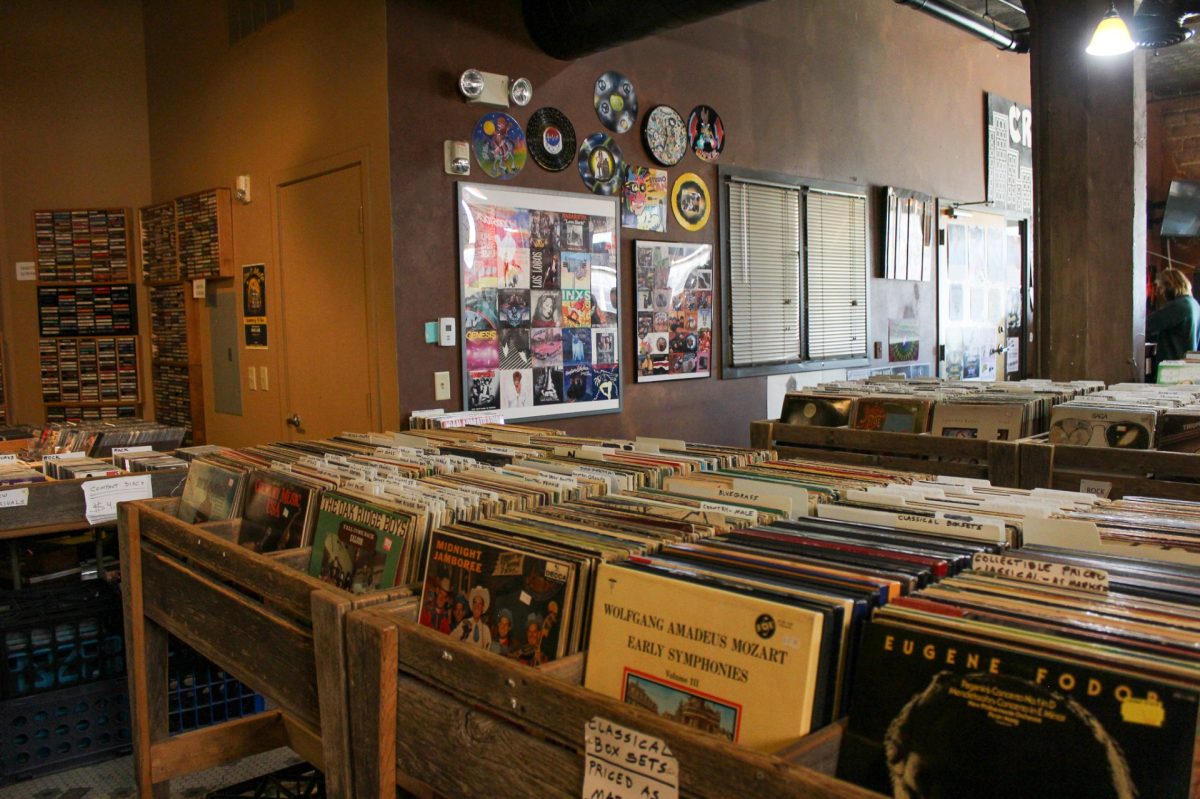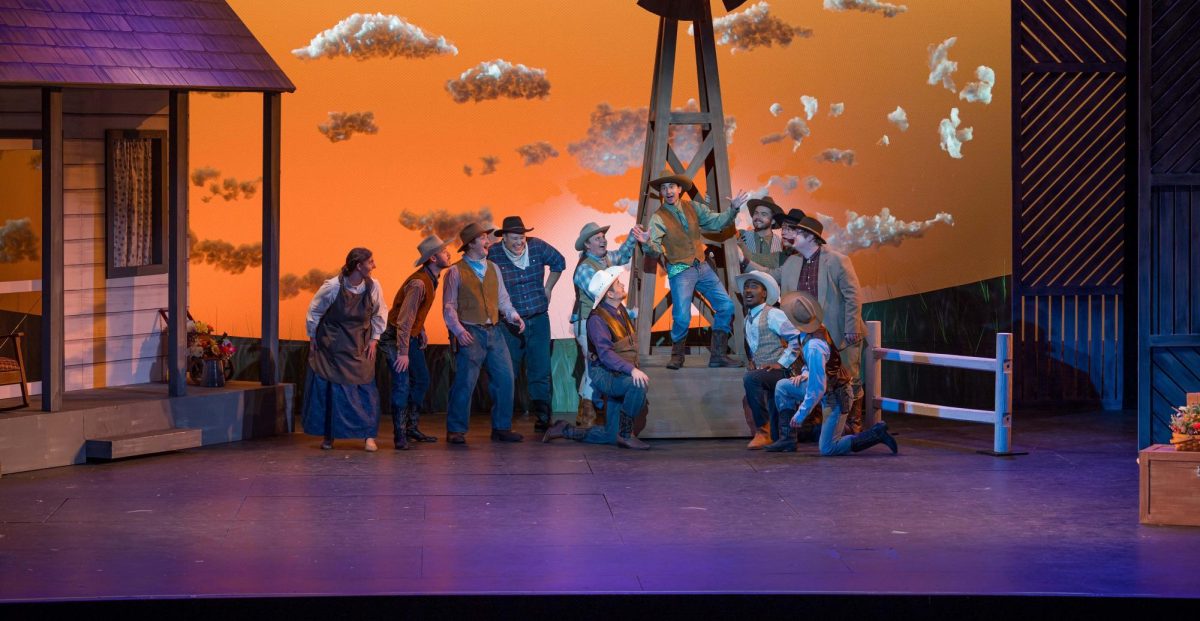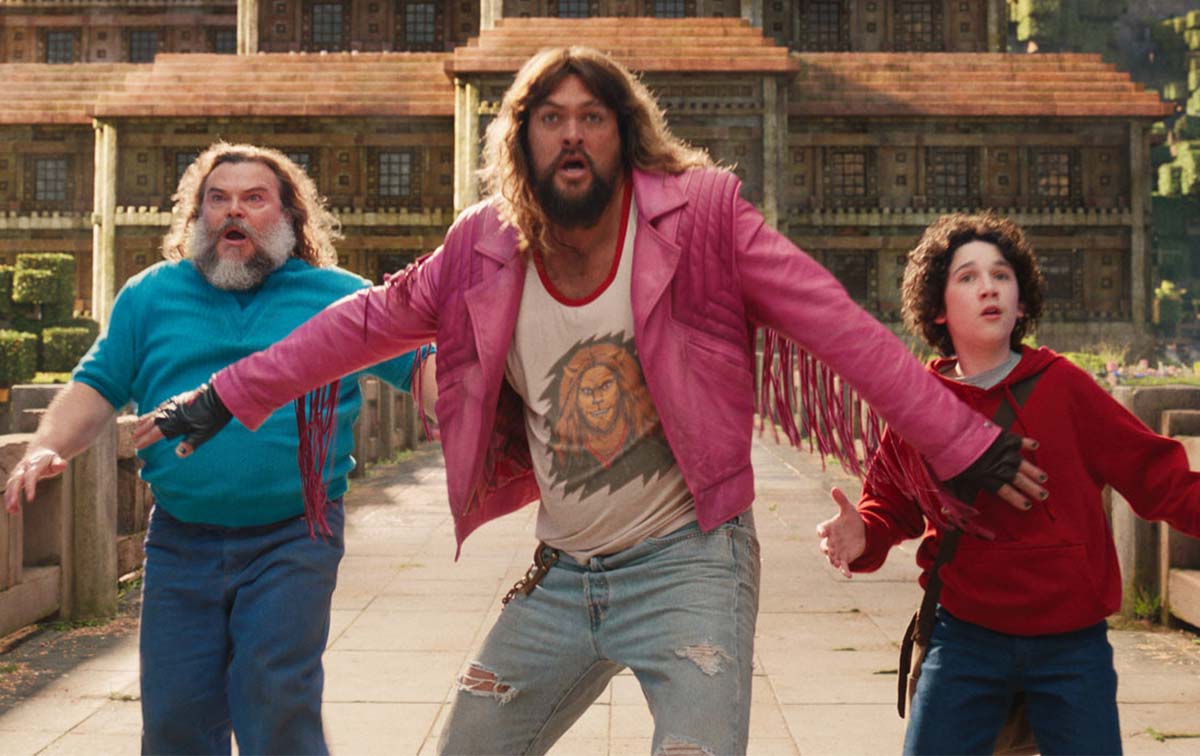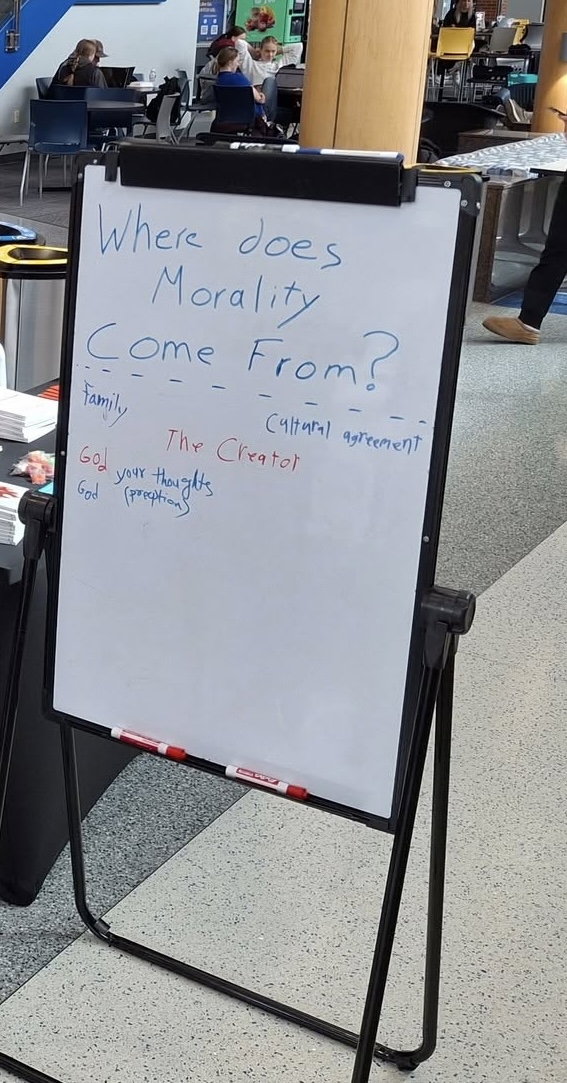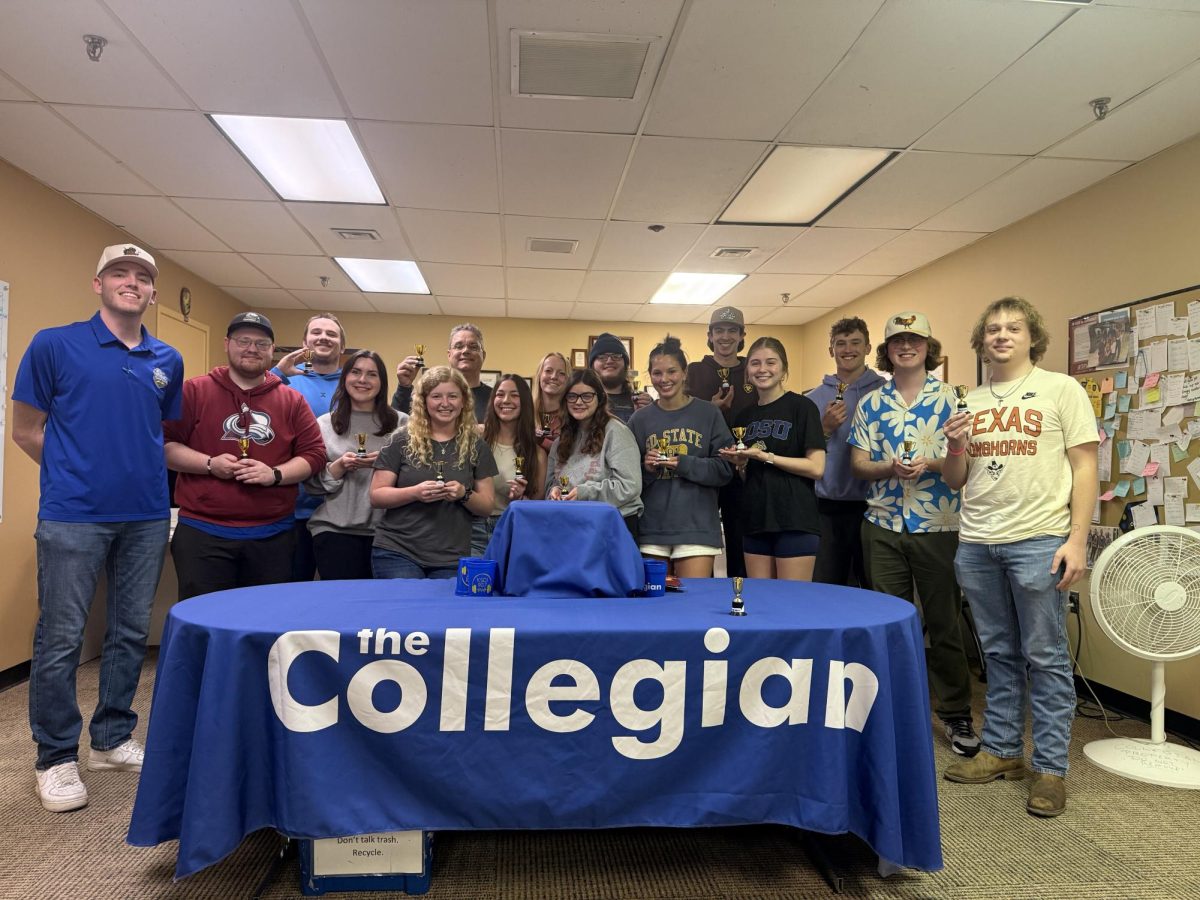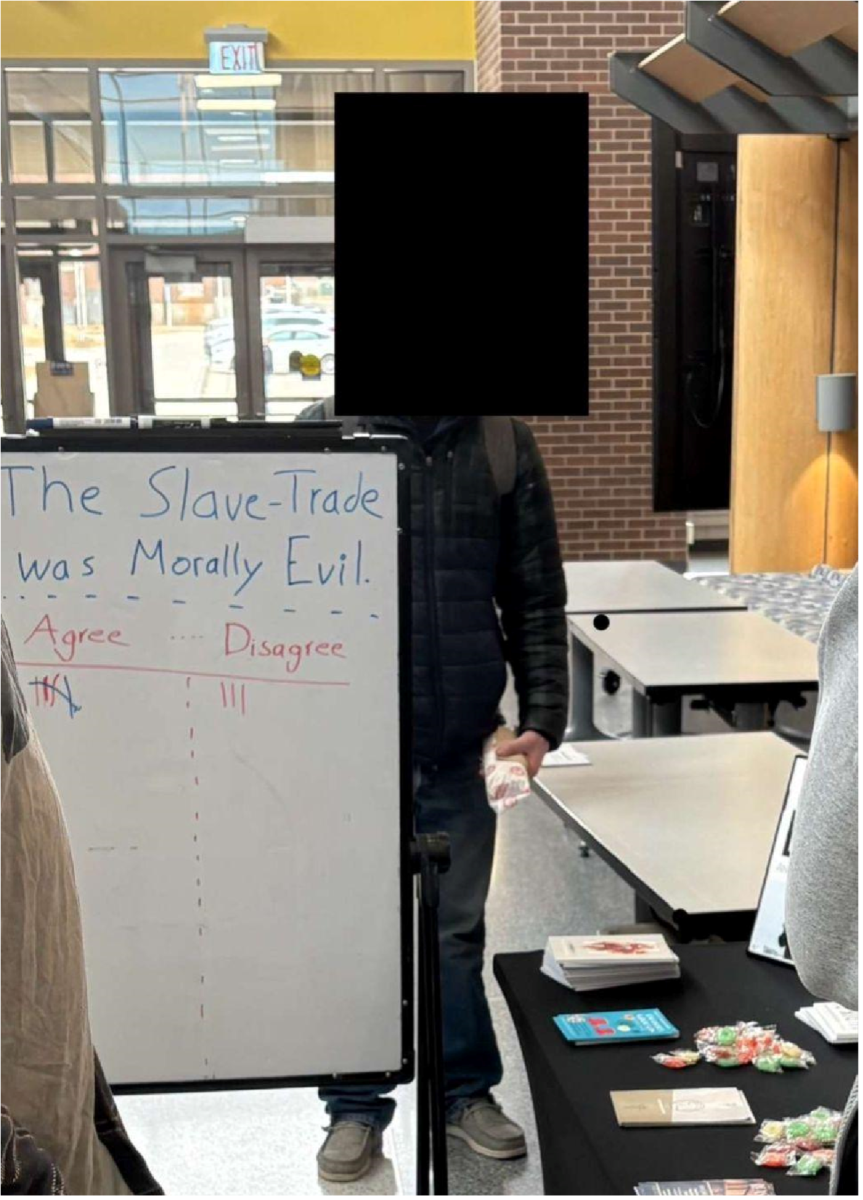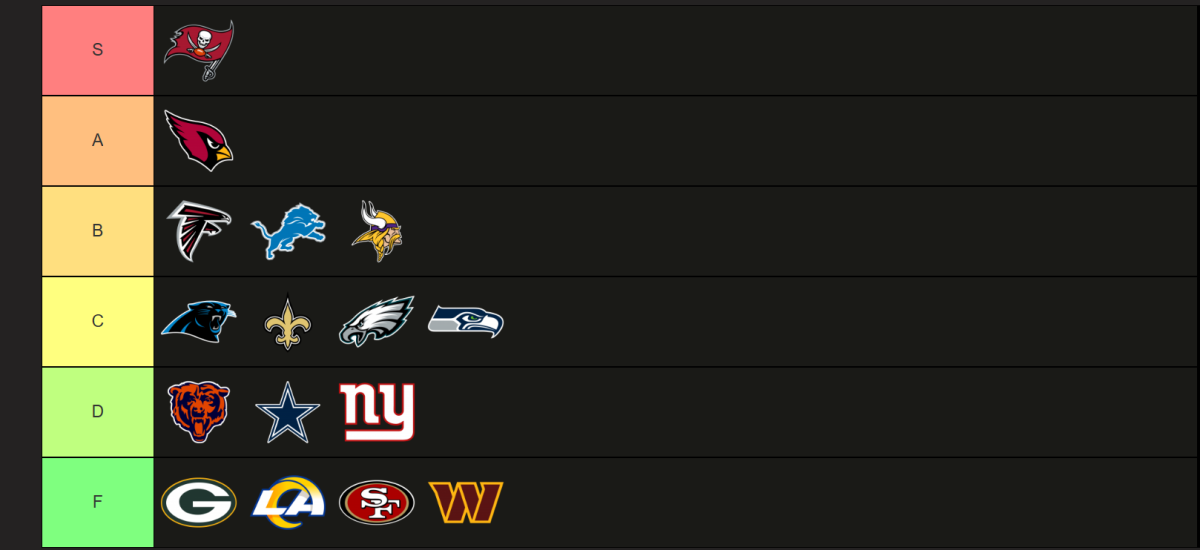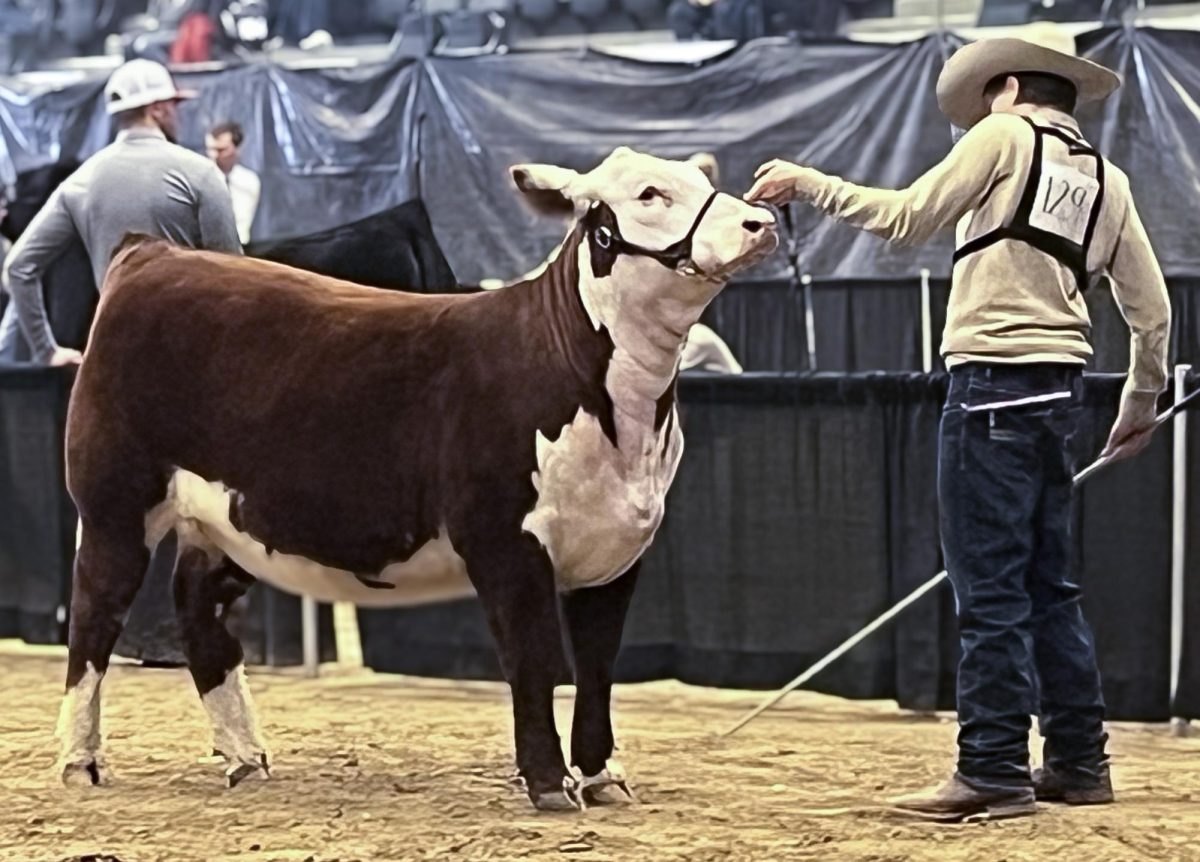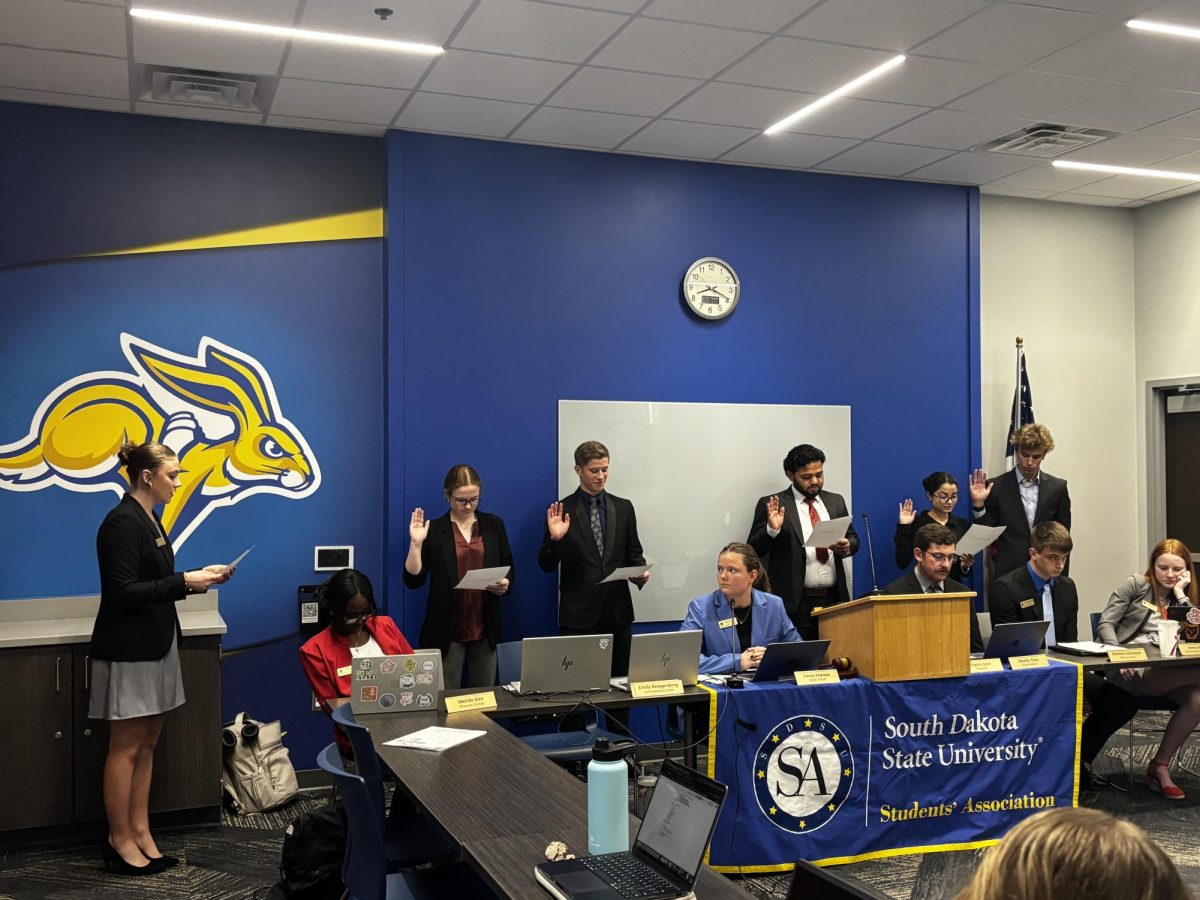The 12th Annual Jackrabbit Memorial Jackpot Show last weekend honored lost members of the livestock community and exhibited the passion of youth.
The Jackrabbit Memorial Jackpot Show, affectionately referred to as JM, began in 2013 to honor Brent Bieltespacher, Nick Reimann, Lisa Johnson, Logan Rau and DJ Fischer. Bieltspacher, Reimann, Rau and Fischer all lost their lives in a plane crash south of Highmore, SD in April 2014. These men, along with Lisa Johnson, who passed shortly after in June 2014, were involved in the cattle industry.
A group of students in the Block & Bridle Club and Alpha Gamma Rho fraternity on the SDSU campus got together and decided to put together the jackpot, which is run by students.
Exhibitors from all over South Dakota traveled to Brookings for the JM. This year’s show attracted over 250 entries across two divisions, with the majority in the breeding show. The top exhibitors in both the breeding and market divisions received payouts and scholarships are given to current or prospective SDSU students.
The livestock industry plays a valuable part in shaping students’ lives.
“It has taught me leadership skills, how to communicate with absolutely anyone, how to win and lose with grace,” Larissa Sitzmann, co-chair of the Jackrabbit Memorial Jackpot Show said. “This industry has brought me relationships that I will cherish forever.”
Bradley Blaha, the Alpha Gamma Rho adviser, said, “Activities like the steer show are a great way for student leaders to get experience putting on a complex event and learning about all of the things it takes to make a successful event happen.”
For the exhibitors, being involved in livestock shows can have an important impact. For the majority of exhibitors, it’s their project. They see it from start to finish and learn about the livestock industry, responsibility, and ethics.
“(It’s) an incredibly positive experience,” Professor Cody Wright, Block & Bridle club adviser and former livestock exhibitor said. “I’ve always been a big fan of it.”
The Jackpot also acts as a link between the livestock industry and the public. It demonstrates the dedication and hours of work that exhibitors put into working with their livestock and making sure that they are comfortable and prepared to show.
“The relationships that are built between the kids and animals are so cool to see. You honestly can see how much these kids truly care about their animals,” Sitzmann said.
Sometimes people become concerned that show animals aren’t taken care of or don’t enjoy being there. According to Dr. Wright, this is simply not true.
“They [show animals] are some of the best taken care of animals there are.”
They often receive high-quality feed, are kept comfortable and cleaned regularly, and are a living embodiment of the investment that the exhibitors put into the animals.
Anyone looking to get into showing livestock for the first time should reach out to people in the livestock industry. Build relationships, find a mentor, and if you can’t house the livestock, explore the possibility of leasing livestock.
“Do it! You won’t regret it,” Sitzmann said. “Ask questions. We all started somewhere and are more than willing to lend a helping hand.”


